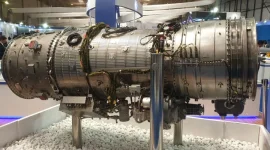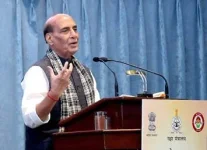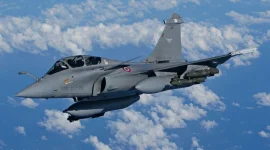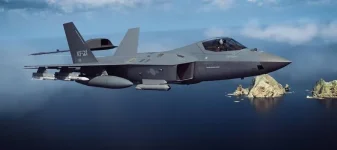- Views: 2K
- Replies: 18
A new analysis of military procurement costs has sparked a debate on India's future air power strategy.
The discussion centres on a compelling comparison: the cost of a single, fully-equipped Dassault Rafale fighter jet is roughly equivalent to that of one Russian Tupolev Tu-160 strategic bomber.
This financial parallel raises a critical question for the nation's defence planners: should India invest in versatile tactical fighters or acquire long-range strategic bombers to enhance its global strike capabilities?
The Power of a Strategic Bomber
The aircraft at the heart of this debate is the Tupolev Tu-160, known by NATO as the "Blackjack" and affectionately called the "White Swan" by its Russian pilots.As the world's heaviest and fastest supersonic bomber, the Tu-160 is a platform designed for intercontinental power projection. With its variable-sweep wings, it can achieve speeds of over Mach 2 and has a combat range exceeding 12,000 kilometres.
Its most significant feature is its enormous payload capacity, allowing it to carry up to 40,000 kg of conventional or nuclear weapons.
Russia has recently revived production of an upgraded version, the Tu-160M, which features modernised engines, avionics, and radar systems.
Acquiring even a small fleet of such aircraft would provide India with an unprecedented ability to strike targets deep within enemy territory from stand-off distances, using long-range cruise missiles like the Kh-101.
This capability would significantly bolster India’s strategic deterrence, particularly as China expands its military influence with its own H-6 bombers and the development of the new H-20 stealth bomber.
Strategic Trade-Offs: Tactical Agility vs. Long-Range Strike
The roles of the Rafale and the Tu-160 are fundamentally different.The Dassault Rafale is a highly advanced 4.5-generation multirole aircraft, designed for tactical superiority in a regional conflict. It excels in missions such as air-to-air combat, precision ground strikes, and reconnaissance.
India's 36 Rafales, equipped with Meteor air-to-air and SCALP cruise missiles, represent the cutting edge of its tactical air force.
In contrast, a strategic bomber like the Tu-160 operates on a global scale.
Its primary purpose is to deliver a massive payload over vast distances, making it a key component of a nation's nuclear triad—the ability to launch nuclear weapons from land, sea, and air.
Currently, India's air-based nuclear delivery relies on modified fighter jets like the Sukhoi Su-30MKI. The addition of a dedicated bomber would provide a more robust and survivable "second-strike" capability, ensuring a credible response after an initial attack.
Challenges of a Strategic Shift
While the strategic advantages are clear, integrating an aircraft like the Tu-160 into the Indian Air Force (IAF) would present formidable challenges. The logistical and financial burdens would be immense.These massive aircraft require specialised ground infrastructure, lengthy runways, and highly trained maintenance crews, and their operational costs are significantly higher than those of fighter jets.
Furthermore, the IAF would need to develop an entirely new military doctrine for strategic bombing operations.
There are also significant geopolitical considerations. A major defence deal with Russia for such a high-profile strategic asset could complicate India's relationships with Western partners, potentially triggering diplomatic friction similar to that seen following India's purchase of the Russian S-400 air defence system.
Although the Tu-160 is not officially on India's procurement list, this cost-based comparison highlights a crucial debate about the nation's long-term defence posture.
As global power dynamics shift, India must weigh the value of tactical flexibility against the need for strategic reach and continental-scale deterrence.






